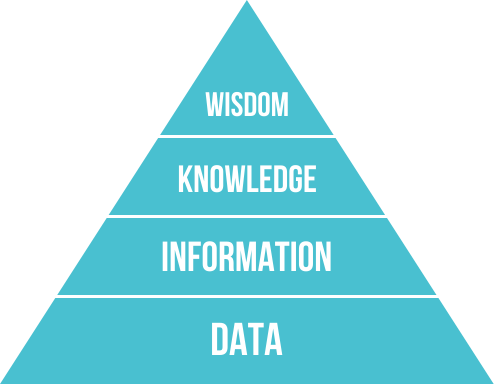-
Notifications
You must be signed in to change notification settings - Fork 1
New issue
Have a question about this project? Sign up for a free GitHub account to open an issue and contact its maintainers and the community.
By clicking “Sign up for GitHub”, you agree to our terms of service and privacy statement. We’ll occasionally send you account related emails.
Already on GitHub? Sign in to your account
Discovery of (Qualified/N-ary) Relations #22
Comments
|
I am really interested in this issue. I listed some possible traversal requirements here. |
|
great issue, thanks. prior work off the top of my head: |
|
@ahdinosaur I worked a bit with Levelgraph and I don't see it addressing this issue here. We talk about situation where interlinked data stays distributed over any number of domains. At this moment Levelgraph needs to have all the data loaded locally before it can search/query it. In our case as we 'follow our noses' we need to make HTTP GET requests to fetch more and more relevant data. Scenario:
In many ways it again goes back to Open World Assumption - we can not assume that at any point we have all the data available, instead we need to anticipate that we will need to continuously discover more information as we navigate through the distributed data space. IMO HTTP protocol and Linked Data principles and technologies which implement them, give us very elegant pattern to interact with such information space. With shared understanding (semantics) supported by use of common vocabularies, I also see us moving from data to information or even knowledge One of more promising technology which I plan to deploy for dataspaces which i manage very soon: http://linkeddatafragments.org/ |
Hey elf, do you think you could write an "ugly" little web page to walk the links as part of exploring this, just in the context of agent and agent relationships? Or if that doesn't make sense as a step, please ignore! |
|
@fosterlynn the two simplest approaches I can think of right away:
In general, as long as we have edges in a graph which connect relevant nodes, we can follow our 👃 I should also add here at some point how we could use indirection of Collection/Container (even paged ones!) if we have a lot of such qualified/n-ary relations which involve certain entity. |
|
We have moved the ValueFlows organization from GitHub to https://lab.allmende.io/valueflows. This issue has been closed here, and all further discussion on this issue can be done at
If you have not done so, you are very welcome to register at https://lab.allmende.io and join the ValueFlows organization there. |

Given as starting point URI denoting an agent or even any resource, how do we find information about various relations which involve this agent (or resource)? We shouldn't assume that making HTTP GET request to this URI will include in response *all those realtions(ips), especially if we just want to get the name and avatar ...
TODO add few possible solutions to that problem
The text was updated successfully, but these errors were encountered: